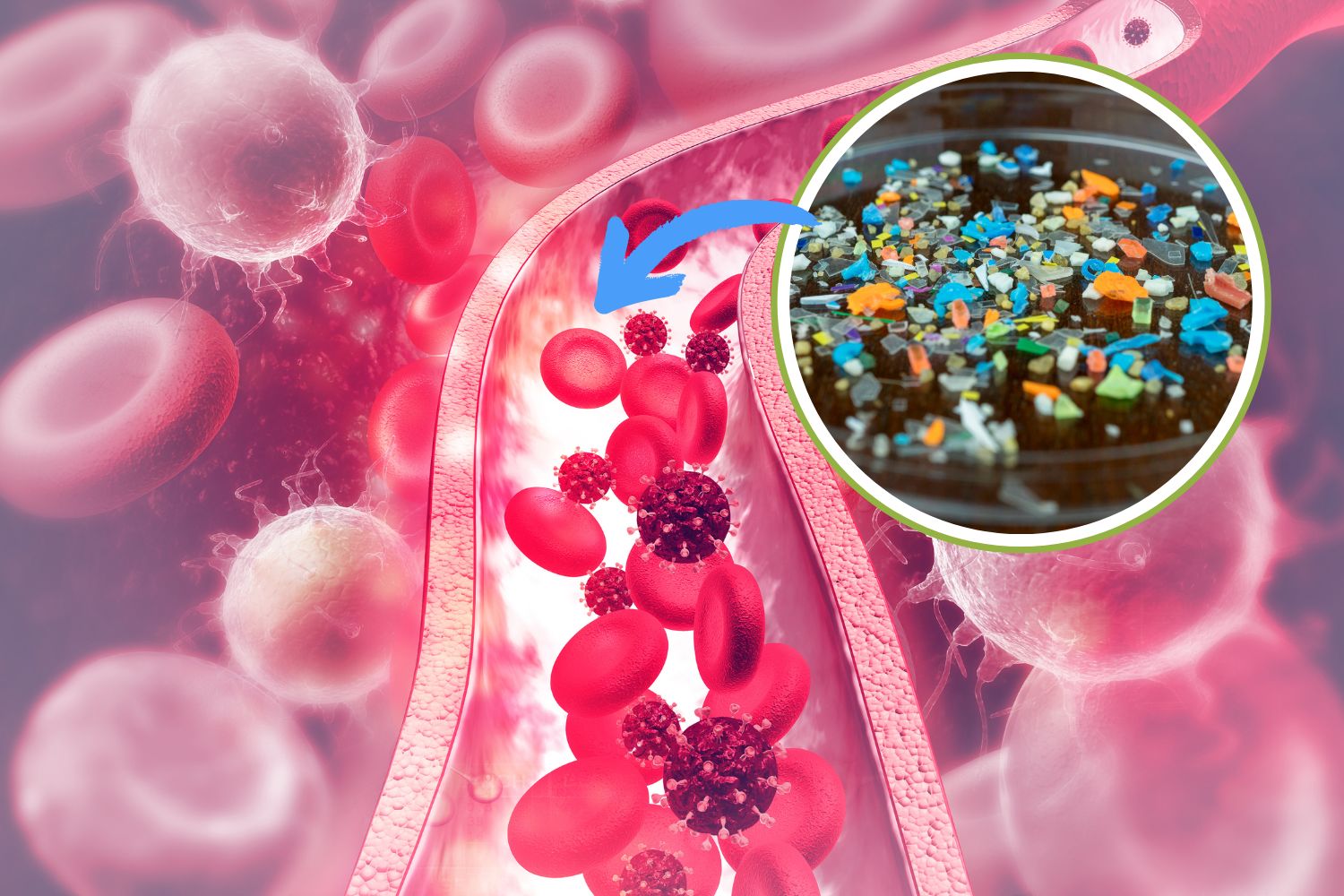Microplastics, omnipresent in the environment and in our bodies, are also a threat to reproductive health. However, new research suggests that some natural antioxidants may counteract the toxic effects of microplastics on hormones and fertility

Microplastics infiltrate everything: the atmosphere, your diet, and even in your body. They have been discovered by new studies in blood, breast milk, the placenta, and even testes.
What does it mean for health? Research has shown that these particles can potentially disrupt the endocrine system and cause harm to fertility in men and women.
A new study in the Journal of Pharmaceutical Analysis illustrates how microplastics can lower testosterone and estrogen levels, sperm quality, and ovarian tissue damage. These effects appear to be linked to oxidative stress and inflammation induced by plastic particles in the body.
Anthocyanins: a natural response to plastic pollution?
As microplastic pollution gets worse, scientists are searching for something to do the opposite of its effect. Anthocyanins, natural antioxidants that lend fruit and flowers their vibrant red, purple, and blue pigments, could be the answer. Found in blueberries, black currants, eggplant, and red grapes, to name a few foods, anthocyanins have already proven to have benefits for the heart and metabolism.
The study uncovered that anthocyanins can protect the reproductive system from the toxic effects of microplastics. Specifically, they appear to preserve the integrity of the blood-testis barrier, guard ovarian tissues, and correct hormone levels disrupted by plastic chemicals.
What the research says
Animal research has demonstrated that mice exposed to microplastics and then treated with anthocyanins had better sperm quality, such as higher sperm count and motility. Anthocyanins also decreased testicular injury and restored testosterone production.
For women’s reproductive health, the findings are also encouraging: anthocyanin treatments appear to shield hormone receptors from endocrine-disrupting chemicals in plastics, avoiding ovarian tissue inflammation and ensuring balanced hormone levels.
One of the most well-studied anthocyanins, cyanidin-3-glucoside (C3G), has been shown to have particularly positive impacts on testosterone restoration and the protection of Leydig cells, responsible for male hormone synthesis. Sperm counts have been increased as much as 30% in treated subjects, and 25% greater sperm motility than in untreated controls.
In regard to female fertility, microplastics have been shown to reduce estrogen levels and increase inflammation in the ovaries. Anthocyanin intake has been proven to reduce inflammation significantly and balance hormones, suggesting an important role in preserving ovarian function.
A future of prevention through diet
These findings suggest that eating a diet full of foods that include anthocyanins may offset the harmful effects of microplastic pollution. Regular consumption of berries, grapes, and purple vegetables may be a natural method of keeping reproductive health in balance.
Initial findings indicate that daily anthocyanin consumption can reduce the toxic effects of microplastics by up to 40%, offering an encouraging solution towards preventing long-term reproductive damage. As more studies are conducted, the role of antioxidants in battling plastic pollution could become one of the most significant public health revelations in the upcoming years.
